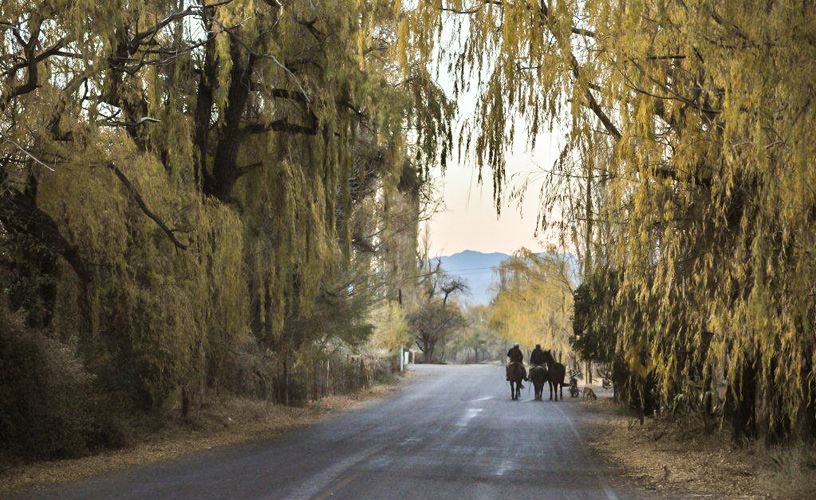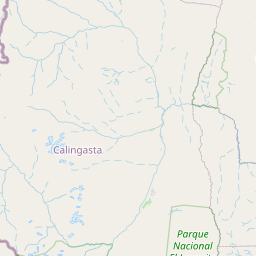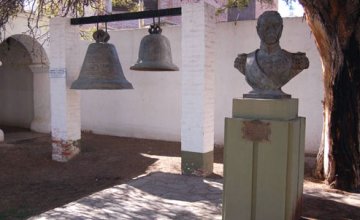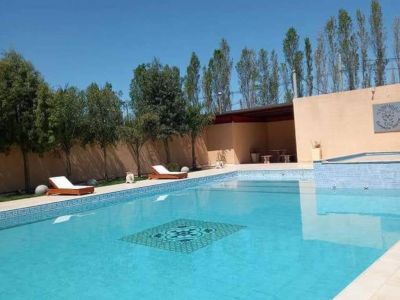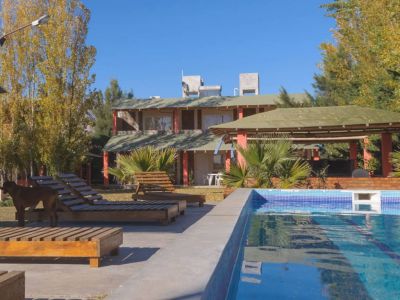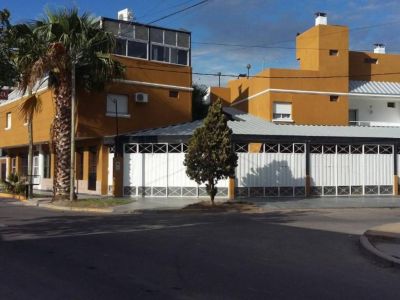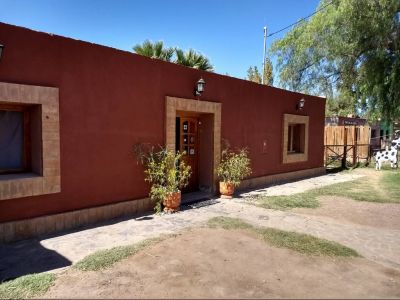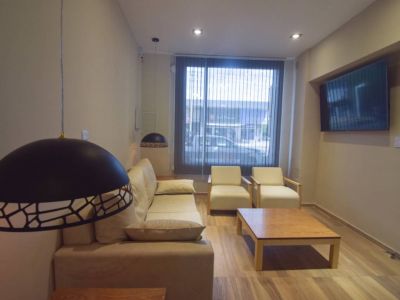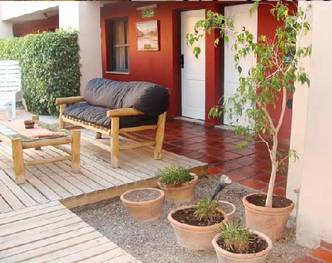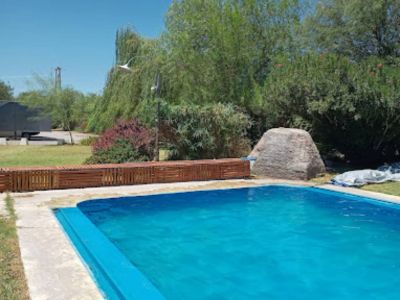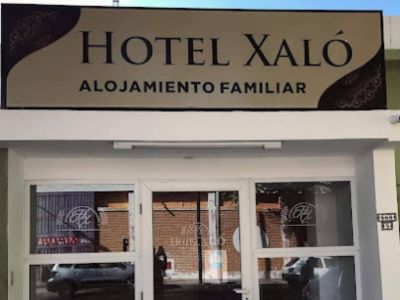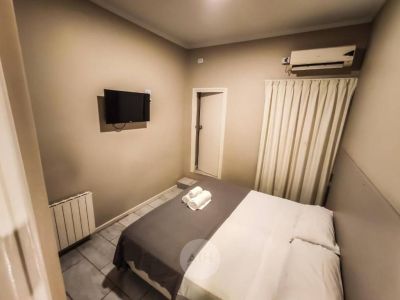Barreal, the Oasis in the Desert of Cuyo
Facing the Andes Mountain Range in the very heart of the desert of San Juan, there hides one of the most charming valleys in Argentina. Inside it, the town of Barreal is sheltered by the poplars and the murmuring waters in the irrigation ditches. It guarantees an ideal pace to forget about the world for a few days.
Time seems to have stopped in the quietness of nap time. 6,770-meter-high Mount Mercedario takes hold of the horizon under a sky that bursts in the eyes of visitors. Barreal, in the District of Calingasta, is a real invitation to the senses that does not cease to amaze everyone who discovers it. Access gate to nature and regional history, its streets in the shade of poplars and willows and the murmuring water flowing along the irrigation ditches ensure that this will be one of the most captivating tourist destinations in the province. Strategically located 230 kilometers from the City of San Juan and 220 from Mendoza, the town’s quietness and silence amaze visitors. San Martín Square, the Town hall, the tourist information office, the gas station, supermarkets and restaurants are concentrated on Roca Street, main artery that crosses the urban grid and then becomes the access road both northwards and southwards.
It would seem that everything is there, but the true Barreal unfolds meters away from the center, on Calle de los Enamorados (People-in-Love Street), in the intricate old lanes smelling of home-baked bread, lined by adobe houses and legends of forbidden love between Indian chiefs and Spanish maidens. It is contained by Mr. Renzo Herrera’s Regional Museum (“open when you arrive”, full of an eclectic and varied collection of rocks, bones, weapons, vessels and other surprises). It is at Don Fangao’ house. He is the son of German immigrants and an old wise man who pays attention to the simple things and obtains from his cows the best milk in the area everyday. It is in the chapel of Jesus of Good Hope, with its Christ carved in wood, sitting in the half-light of the central nave. It is on the banks of Los Patos River; in the endless farms where the walnut, quince and apple trees make up a disciplined army of sensations; in the way the people greet, in the timeless conversations, in the laughter of children playing near the irrigation ditches. This is an enumeration of tourist attractions which, taking Barreal as a starting point, open up in all directions. 20 kilometers towards the North, in a small town called pueblito de Hilario, a provincial natural monument leaves viewers speechless. Known as El Alcázar (which stands for “the fortress” in Spanish), this rocky formation seems to kiss the sky while contributing to the love legend treasured by its rocks. Resembling the bow of a giant vessel, the whitish massif scrapes the blue blanket with the arrogance of centuries. Some meters ahead, there appear the hundred-year-old chimneys of the Ruins of Hilario, which used to concentrate the booming mining production that wrote the beginnings of the history of San Juan hand in hand with visionary Sarmiento. Towards the south, the road leads to Barreal Blanco or Pampa del Leoncito, an endless plain with lunar soil and earthly space for adventure and amazement, and El Leoncito National Park, guardian of the clearest skies in the country. It is at this location, the land of suris, guanacos and cougars, that two worldwide astronomic observatories stand out. To the West, Los Patos River drags the Andean snow on its course towards the San Juan River. On the horizon, the track of San Martín is perpetuated in circuits such as Manantiales, Morrillos, Alvarez Condarco and Las Hornillas. Large meadows with sparse vegetation appear before the majestic Andes Mountain Range and treasure the memory of the liberating exploits. The East is completely occupied by Tontal Mountain Range. A succession of polychromatic hues and sunsets softened by the wind and the memory of water. Los Escalones and Cerro Colorado are names that invite visitors to go hiking, ride a horse and be delighted by twilight dreams. Sumptuous inns, hostels for adventurers, historic lodges and camping sites guarantee a wide variety of accommodation options for all tastes. The classic semitas (bread and cracklings) and the masonry oven dishes are unavoidable condiments during a visit. Pork, goat, asado, locro, empanadas, tinned food, quince jam, alcayota, nuts and apples intertwine a kind of regional food that is based on crafts, homemade dishes and the smell of firewood. Of course not everything is contemplation. Adrenaline finds its maximum expression in the multiple adventure travel options available in the area: windcar racing, horseback riding, mountaineering, hiking, mountain biking and 4WD. Teeming with images, it seems as if the best view of Barreal was always about to be discovered. Among so many calls to the senses, each visitor is their own guide in a universe of sensations. Tip-toeing, stealthily and alert, the town takes hold of the memory of good things through silence, nature and simplicity, overwhelming the retinas with clear skies and the heart with infinite peace.
Ricardo Druck
Ricardo Druck
Drivers should leave Mendoza following Route 7 up to Uspallata and then continue towards Barreal (70 kilometers out of 110 are paved).
Those coming from San Juan must take Route 40 towards the North and take the detour on the left at Talacasto into the road joining Calingasta and Barreal.
